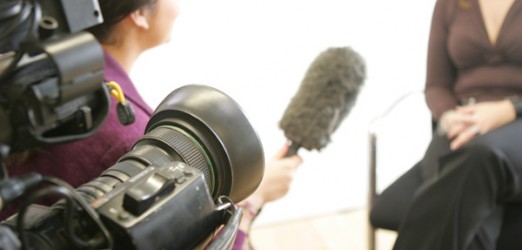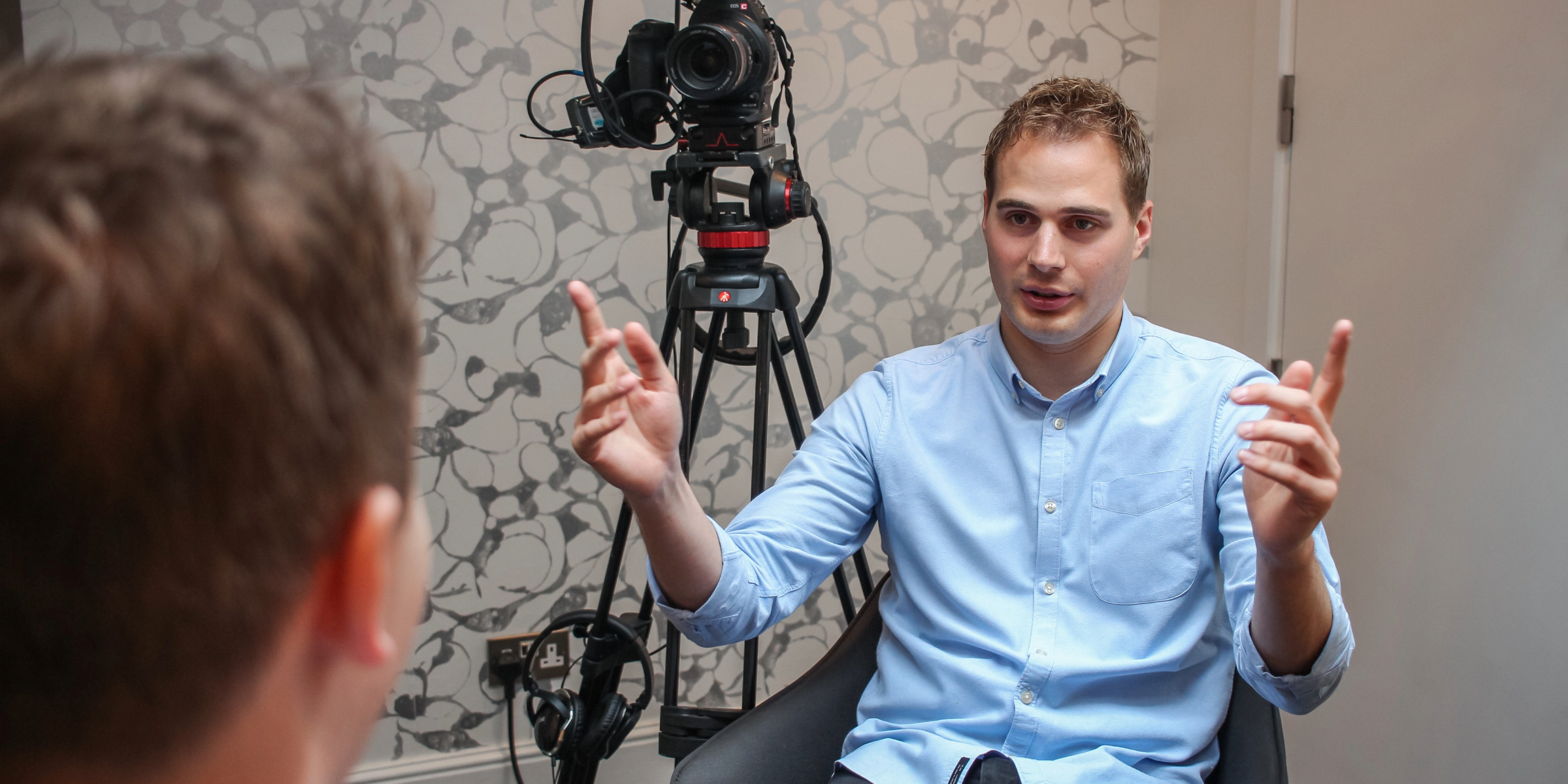Securing coverage on radio and television is tricky, but if you can think like a journalist you stand a much better chance of pulling it off. So next time you need to secure coverage on television or radio try a few of these media relations tips.
Have a defined peg for your story
That means having a reason to run a story on a particular day. Broadcast doesn’t offer much opportunity for feature-type stories – it wants an angle or reason to tie a story to a definite day. This can be as simple as tying your campaign in to a particular ‘awareness week’ or day, or might involve publication of new research or a launch event.
For example, Shout! recently worked on a campaign to promote national Non-Smoking day in Northern Ireland. The awareness day provided a peg to run a story encouraging people to visit their healthcare professionals for advice on quitting smoking. The hook helped Shout! achieve coverage on 90% of major broadcasters in Northern Ireland.
Always consider the visuals
Think pictures, and for high quality, national radio opportunities (like BBC Radio 4) think sound. The first question a TV journalist is going to ask is: what can they film? The better the visuals the more likely TV stations are to take your story. That could mean basics such as a case study willing to be filmed, or a stunt or event – whatever visuals there are that will bring the story to life.
Don’t forget sound
The same goes for radio. A broadcaster will want to know first how good the spokesperson is and what talking points will emerge from the story in order for them to deliver quality output.
Ensure your pitch is tailored
Tailor make your pitch so it’s relevant to the broadcaster. Most channels and programmes have a particular audience in mind – ITV’s new breakfast programme, Good Morning Britain for example, targets the 25-35 age bracket. BBC 1’s One O’Clock News meanwhile assumes its audience includes retired people and stay-at-home parents, and Radio 1 is aimed at the 15 – 29 age group – so no point pitching a story about retirement living to them!
Entertain the audience
Ensure your story is entertaining – it doesn’t have to be all singing, all dancing, but it helps if your story has an element of intrigue and engagement to help hook the audience. Any story that gets the journalist talking or surprises them with interesting facts and figures should do well.
Think about a local angle
Think local for regional campaigns or for a radio day. Regional broadcasters, both BBC and commercial, will be looking for the local hook. This could be as simple as a spokesperson from the area, regional statistics or a topic that will appeal to the target audience of that region. Shout! recently targeted regions which have ports and islands in order to secure coverage for National Ferry Fortnight, as we knew the story was more likely to be of interest to listeners in those regions.
As a general rule, less is more for broadcast, so a really good story should be clear, succinct and still include the key elements above.
Try to consider the following key question before pitching a story.
- Who is this story for?
- Why should they care?
- What will they learn?
- Where is it taking place?
- When is it happening?
- How should the audience respond?
These questions should lead to you identifying the key points of a story. For more tips on garnering broadcast PR exposure, download our free media relations guide: Maximise PR coverage for your brand on TV, radio and online.



